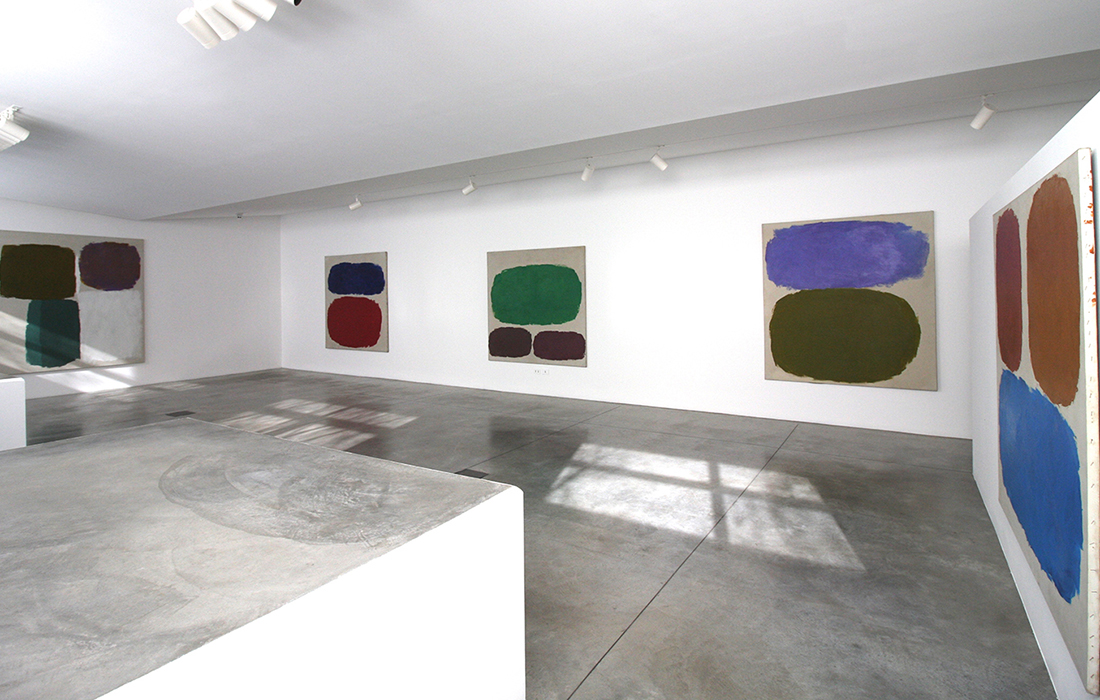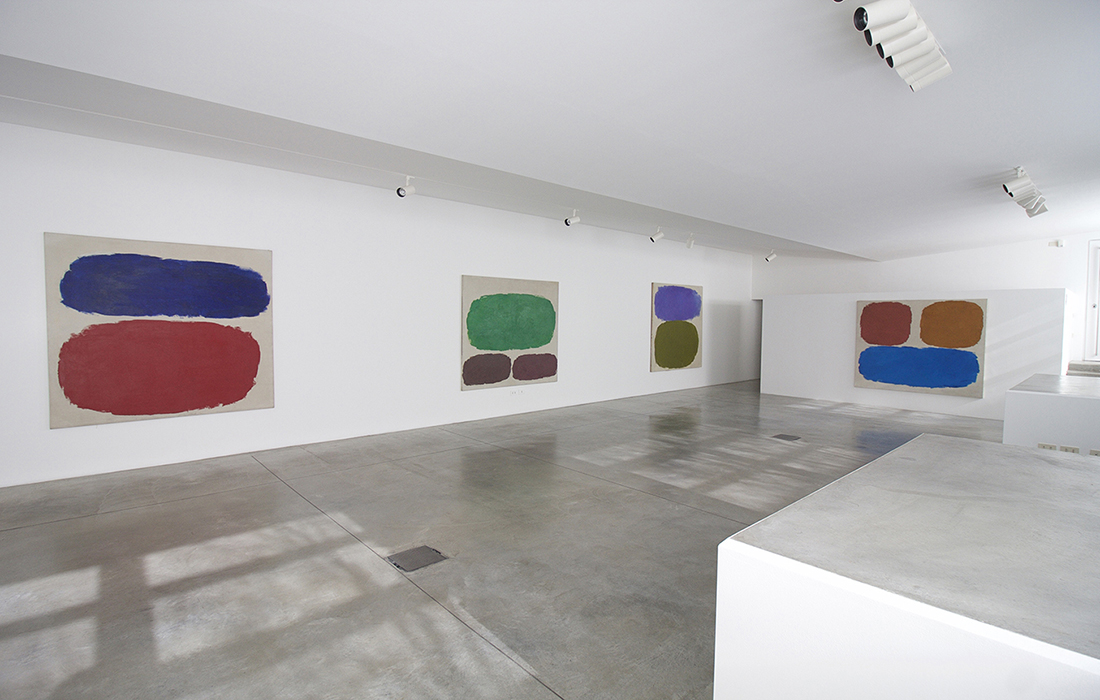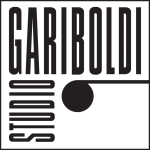February – March 2019
“The process of painting is improvisational – excluding set method, plan, sketch as study, drawing as preliminary to coloring, or relative stages of finish. It may be fast or slow in tempo, impulsive or thoughtful in character. Changes are made in-process; nothing can be fixed up, no additions or corrections made …
The painting is both a thing and an event, … an “esthetic” object … and behavior in the form of a significant record. While the painter’s subject is the painting, the painting’s subject is the artist himself …”
Ray Parker, “A Cahier Leaf: Direct Painting”, It Is1 (Spring 1958), pp 20.
The transition into the fifties was a fundamental step for some artists of the first generation of the School of New York. The Abstract Expressionists were able to pursue a personal research and to become more and more focused on their independent styles, deeply influencing the evolution of artistic tendencies nationally and globally.
The artists of the second generation also developed distinct and unique languages. Raymond Parker (1922-1990) works in the context of this artistic research. He will be recognised as an Abstract Expressionist, but he is also linked to Color Field painting and Lyrical Abstraction and considered a crucial figure of the Post-Painterly Abstraction movement.
The gallery Studio Gariboldi is pleased to present an important selection of works from the Simple Paintings series, created by Parker between 1958 and 1965 and characterized by big white canvases with ethereal, colorful and floating forms.
Parker’s working method was improvisational and quite aggressive. There was no plan of action or preliminary sketches, only a bare canvas tacked to the wall in front of him.
The value of the “gesture” painting was not so much its newness or radicality but most of all its method of self-exploration. Spreading the color to the “fullness of volume”, Parker was able to record his touch on the pictorial surface as well as his feelings and sudden changes of the creative process. The distinctive character of his painting, with the colors mixed directly on the canvas like it was a palette, depended not only on hue of the moment, but also on amount, proportion, luminosity, texture and state of mind of the artist. The working attitude of the painter was critical and suspicious of anything appearing familiar to him in the painting and for this reason there were infinite possibilities of forms which seem to separate themselves from the canvas, taking each their own character: horizontal or vertical, stacked, adjoining or separate, still, monumental or floating.




